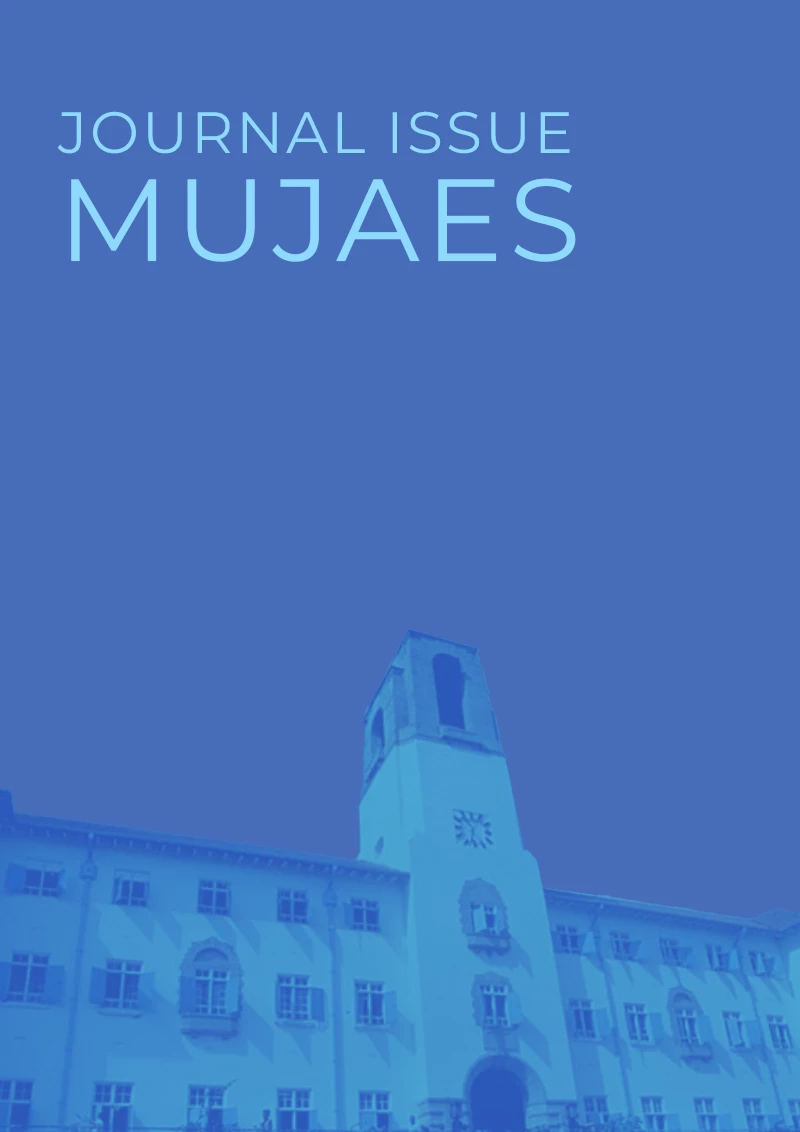The Inheritance of resistance to finger millet blast disease

Abstract
Finger millet is a very important cereal crop in Uganda. It is a major staple food crop and also provides cash for both the rural and urban people. Of the many diseases attacking the crop, blast (Piricularia grisea (Cooke) Sacc.)is the most important causing yield losses ranging from 10 - 90% across the country depending on the environmental conditions, varietal differences or cropping systems. Breeding for resistance has widely been recognised as the most effective control strategy for blast in finger millet. However, the mode of inheritance to the disease resistance has not been adequately studied. Two cultivars with distinct markers for grain/ glume colour and head shapes and known blast reaction were used to study the mode of inheritance of resistance to blast in experiments conducted at Serere and Ngetta. It was found that a purple grain/glume colour conferred blast resistance more than a tan colour, and that a compact head shape also conferred blast resistance more than an open head. Higher levels of resistance were observed where the two characters were present together. The results also showed that resistance to blast is both dominant and additive.
Keywords
Blast, Grain color, head shape, host resistance, phenotype, Pyricularia grisea, progeny